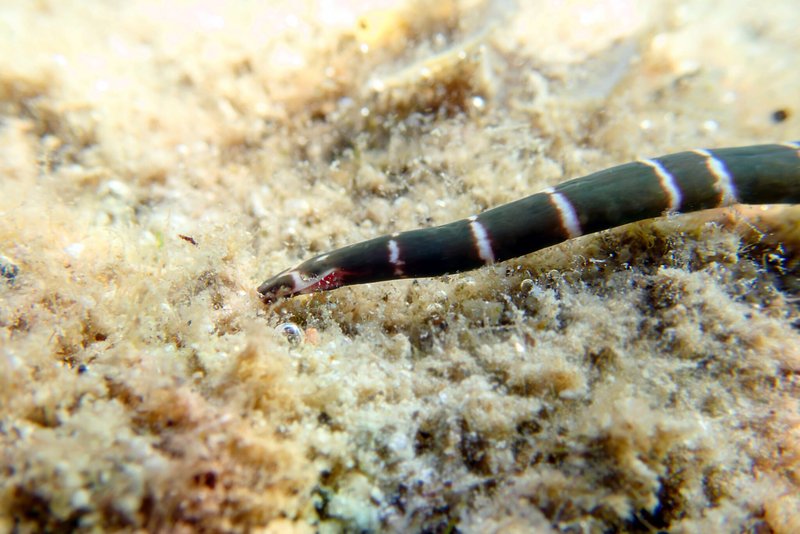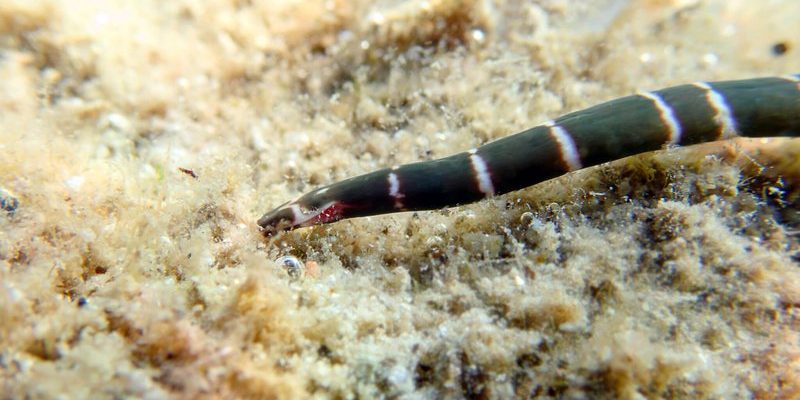
Farming ribbon worms could be a game-changer for marine biology research. Imagine setting up a mini-ocean right in a lab, where these skilled escape artists can thrive. This idea hinges on understanding their biology, habitat, and the potential benefits they bring to the scientific community. While ribbon worms may seem niche, they play a crucial role in their ecosystems—think of them as the hidden workers that help keep underwater environments balanced. So, let’s explore the ins and outs of farming these unique creatures for research.
What Exactly Are Ribbon Worms?
Ribbon worms, or Nemertea, are a fascinating phylum of invertebrates. They can stretch up to a stunning 30 meters or more in some species, making them one of the longest animals around! You might have seen them while tide pooling or even accidentally while fishing—they often hide beneath rocks or in mud. These worms have a soft, unsegmented body and can be quite colorful, ranging from deep reds to vibrant greens.
One of their most incredible features is their proboscis, a long, tube-like structure that they can shoot out to capture prey. It’s like having a built-in fishing pole! This helps them catch small fish and invertebrates, making them important players in the marine food web. Understanding their biology and behavior can offer insights into ecological dynamics, which is why the idea of farming them for research is so appealing.
Why Farm Ribbon Worms?
You might be wondering, why bother farming ribbon worms? Well, they have several unique features that make them valuable for scientific study. First, they exhibit remarkable regeneration abilities. If a ribbon worm loses part of its body, it can regrow it, kind of like a superhero with healing powers! Studying their regeneration can help scientists understand healing processes in other species, including humans.
Additionally, ribbon worms can serve as indicators of environmental health. Because they occupy various habitats, changes in their population can signal shifts in ecosystem conditions. If researchers can monitor these creatures in a controlled environment, they can better assess the health of marine ecosystems and perhaps even predict environmental changes. This makes farming them not just useful but essential for climate studies and conservation efforts.
How Would Farming Work?
So, you’re probably curious about how one would actually go about farming ribbon worms. Here’s the thing: it’s not as simple as tossing some worms into a tank and calling it a day. Setting up a ribbon worm farm requires understanding their specific needs. Here are some key points to consider:
- Water Quality: Ribbon worms thrive in clean saltwater, so maintaining water quality is crucial.
- Habitat: Providing mud or sand at the bottom of their tanks mimics their natural environment.
- Temperature: They prefer cooler waters, so the temperature needs to be carefully monitored to avoid stressing them out.
By creating an environment that closely resembles their natural habitat, scientists can ensure that these worms not only survive but thrive. This can lead to reliable data that can inform broader ecological studies.
Challenges in Farming Ribbon Worms
While the potential benefits of farming ribbon worms for research are exciting, it doesn’t come without challenges. For starters, these creatures can be quite sensitive to changes in their environment. Even slight fluctuations in salinity or temperature can stress them, leading to poor health or even death.
Another challenge is their diet. Ribbon worms are carnivorous and need a consistent supply of live prey. This can complicate the farming process, as ensuring a steady food supply requires additional resources and effort. Researchers would need to cultivate suitable prey or find a sustainable source, adding another layer of complexity to the farming model.
Lastly, there’s the issue of reproduction. Not all ribbon worm species are easy to breed in captivity. Understanding their breeding habits is essential for successful farming and would require extensive research and experimentation.
Current Research on Ribbon Worms
Currently, some scientists are exploring the potential of ribbon worms in virology and biotechnology. For example, researchers are investigating how bioactive compounds derived from these creatures could have medical applications. Their secretions might hold answers to antibiotic resistance or even cancer therapies. Imagine finding a compound in a ribbon worm that could lead to a groundbreaking treatment!
Additionally, studying ribbon worms can offer valuable insights into evolutionary biology. By examining their genetic makeup, scientists can learn how these worms adapt to various environments over time. This research can contribute to our understanding of evolution and help us predict how organisms might adapt to future environmental changes.
The Future of Ribbon Worm Farming
The future looks promising for ribbon worm farming in research, but it will require collective effort from marine biologists, ecologists, and conservationists. As our oceans face increasing threats from climate change and pollution, finding sustainable ways to study and preserve marine life becomes crucial.
Farming ribbon worms could open new doors for research, providing scientists with the tools to tackle pressing environmental issues. By investing in this area, we could not only learn more about these fascinating creatures but also help protect the ecosystems they inhabit.
In conclusion, while farming ribbon worms for research purposes is still in the early stages, the potential benefits are vast. With ongoing research and a better understanding of their biology, ribbon worms could serve as key players in our quest to understand and preserve the delicate balance of marine ecosystems. So next time you find yourself at the beach, take a moment to appreciate these little wonders of nature—they just might hold the key to solving some of our biggest scientific challenges!

